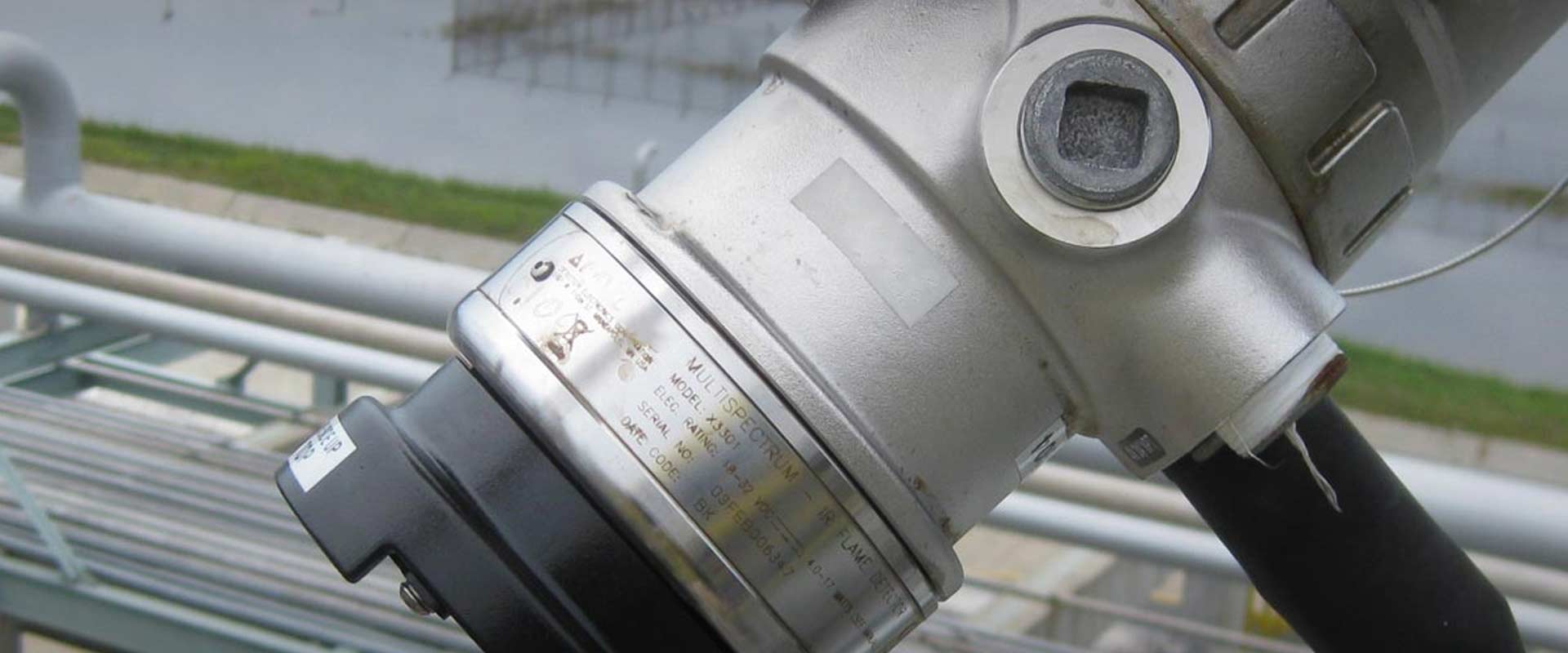Detection Systems
Commercial and industrial fire detection systems
The first step to putting out a fire is knowing it is there. It is vital to have a high-quality detection system in place to minimize risk of damage to your people, property and production. Fire detection technology has advanced to the point that most fires can be detected in the developing stage when they are still small and controllable. Intelligent detection systems can pinpoint exactly where a fire is burning. This saves time as firefighters know exactly where to focus their efforts, which, in turn, speeds suppression, reduced damage and allows work to resume more quickly. Learn more about the commercial fire detection systems below.
- Fire Detection Systems
- Smoke Detection Systems
- Combustible Gas Detection
- Linear Heat Detection
- Air Sampling Detection
- Video Detection
Early warning fire and smoke detection systems use thermal imaging to detect hot spots before they ignite. This technology can prevent fires from spreading and destroying life and property, especially in hazardous areas such as scrapyards, shredder facilities, and flammable materials storage areas. Combining thermal imaging cameras with remote control fire suppression systems can greatly reduce the outbreak of fire.
Types of detection systems:
- Ionization-type alarms – These alarms use radioactive material between two electrically charged plates. This causes ionization in the air, which allows current to flow between the plates. In the case of fire, smoke entering the chamber interrupts the flow of ions. This reduces the current and triggers the alarm.
- Photoelectric alarms – These alarms aim a light source into a sensing chamber. Smoke then reflects light onto a sensor and triggers the alarm.
- Heat detectors – Heat detectors vary by type and include fixed temperature and rate-of-compensation. They are best used in dirty environments or in those with high hazard flammable liquids.
- Air aspirating detectors – These detectors use laser sensors in a detection housing. Using a pump connected to tubing throughout the room, air is drawn into the detector head. These are ideal for the environment, such as clean rooms, computer rooms or high dollar risk areas where early detection is critical.
- Linear beam detectors – These are preferred for facilities with large spaces. They use ceiling-mounted detectors on opposites sides of a space. They measure reflectivity to determine if there is smoke obscuration.
- Ultraviolet and infrared detection systems – These systems offer high-speed detection around large industrial and flammable liquids facilities.
Common Applications:
- Telecommunication centers
- Data centers
- Clean rooms
- Server rooms
- Theaters
- Warehouses
- Indoor stadiums
- Convention centers
- Industrial facilities
Threats Detected:
- Hot spots before they ignite
- Smoke
- Fire
